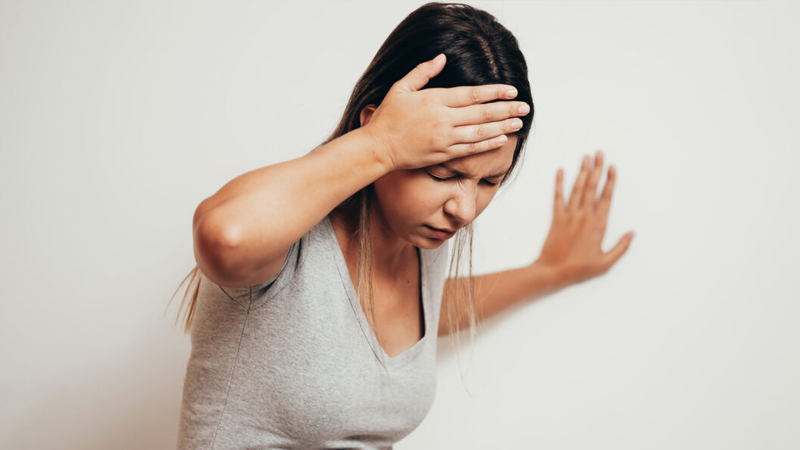Vertigo is a feeling of imbalance. You may feel like you are spinning or the world around is spinning.
It is more often caused due to issues related to the inner ear or the Brain.
Some of the most common causes are.
BPPV
It is known as benign paroxysmal positional vertigo. It is a condition that occurs due to the dislodgement of tiny calcium particles from their normal location and collects in the inner ear.
The inner ear performs a very important function; it sends signals to the brain about head and body movements relative to gravity. It helps you keep your balance.
BPPV can occur for no known reason and may be associated with age.
Meniere’s disease
When there is a buildup of fluid and changing pressure in the ear, it leads to a condition known as Meniere’s disease. It can cause episodes of vertigo along with ringing sensations in the ear (tinnitus) and if unattended / treated may lead to hearing loss.
Vestibular neuritis or labyrinthitis.
It is normally related to infection in the inner ear, by and large, caused due to viral infections. The infection causes inflammation in the inner ear around nerves that are important for helping the body sense balance
Vestibular neuritis is a self-limiting disease with vestibular symptoms lasting for one to two days, followed by a gradual reduction in symptoms. In severe cases, untreated labyrinthitis can lead to serious long-term health complications, such as permanent damage to the inner ear and hearing loss.
Less often vertigo may be associated with:
- Head or Neck Injury
- Brain stroke or tumour
- Few medications that could cause ear damage
- Migraine
Signs and Symptoms of Vertigo
- Dizziness.
- Feeling like you’re moving or spinning.
- Problems focusing the eyes.
- Hearing loss in one ear.
- Balance problems.
- Ringing in the ears.
- Sweating.
- Nausea or vomiting.
These symptoms can last for a few minutes to a few hours or more. It may fluctuate.
What is the treatment?
Treatment for vertigo depends on what’s causing it. In many cases, vertigo goes away without any treatment. This is because your brain can adapt, at least in part, to the inner ear changes, relying on other mechanisms to maintain balance.
For a few people, treatment is needed and may include:
Vestibular rehabilitation
Rehabilitation includes physical therapy aimed at helping strengthen the vestibular system. The function of the vestibular system is to send signals to the brain about head and body movements relative to gravity.
Guidelines from the American Academy of Neurology recommend a series of specific head and body movements for BPPV. The movements are done to move the calcium deposits out of the canal into an inner ear chamber so they can be absorbed by the body. During the movement exercise, you are likely to have vertigo symptoms during the procedure as the canaliths move.
A doctor or physical therapist can guide you through the movements. The movements are safe and often effective.
Medicine
Vertigo relieving, medication may be given to relieve symptoms such as nausea or motion sickness associated with vertigo.
In the event of an infection or inflammation, antibiotics or steroids may be required to reduce swelling and cure the infection.
For Meniere’s disease, diuretics (water pills) may be prescribed to reduce pressure from fluid buildup.
Surgery.
Surgery is the last option and only in a few cases, it may be needed for the treatment of vertigo.
If vertigo is triggered by a more serious underlying problem, such as a tumour or injury to the brain or neck, treatment for those problems may help to relieve the vertigo
